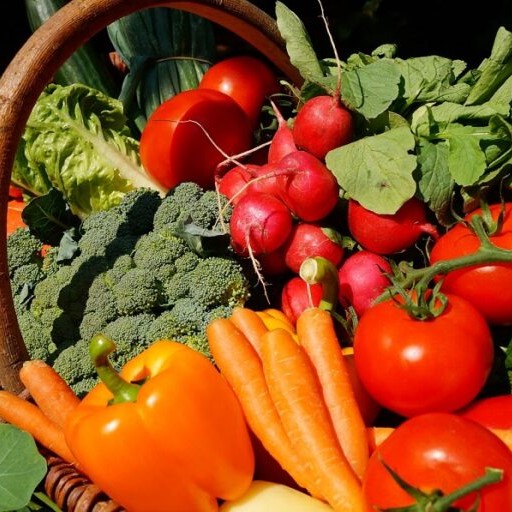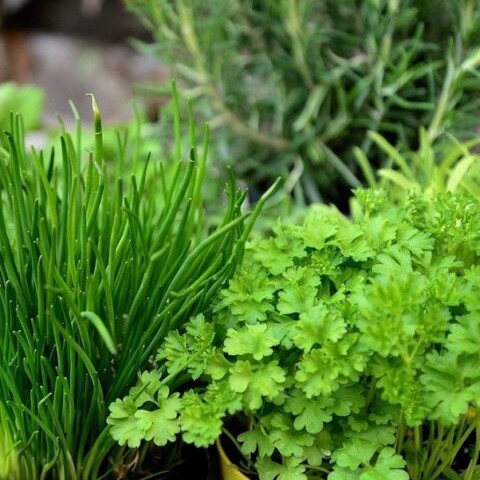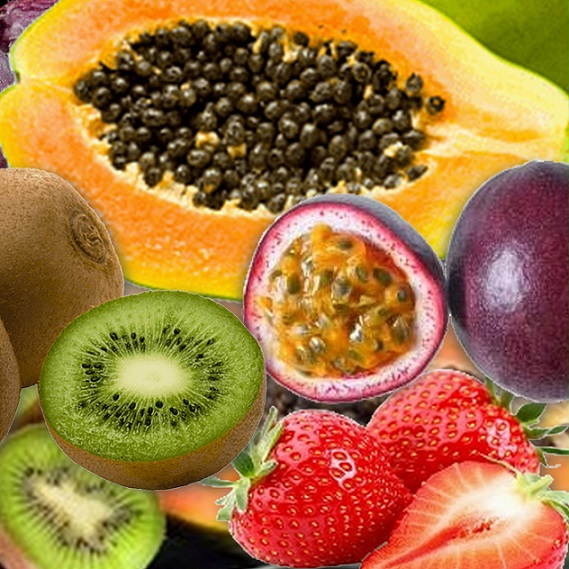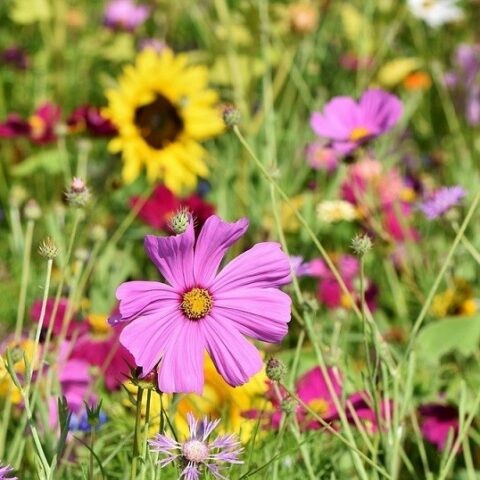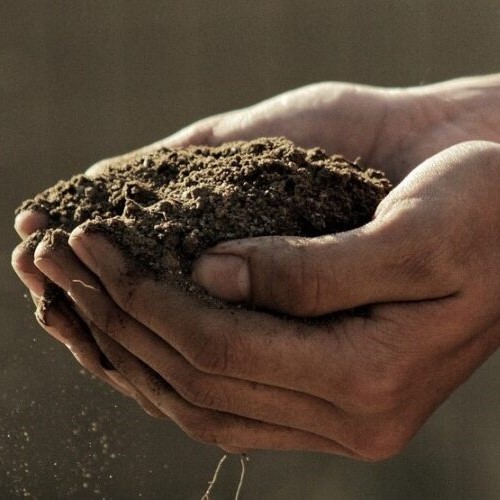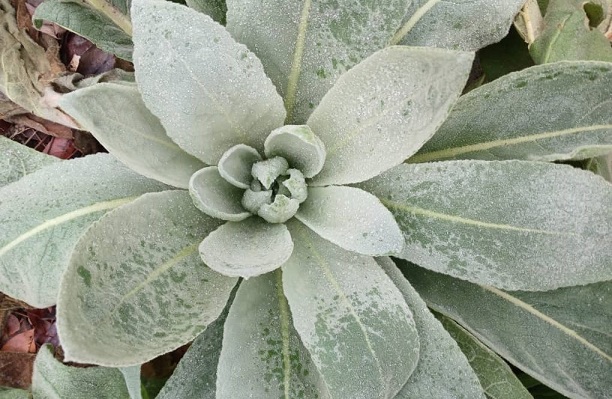Woolly mullein (Verbascum thapsus), commonly known as common mullein, great mullein, flannel mullein, velvet dock, flannel leaf, cowboy’s toilet paper, and bunny ears, is a versatile plant that offers numerous health benefits. This biennial plant completes its life cycle in two growing seasons, dying back completely after flowering in its second year. However, mullein self-seeds naturally, ensuring its presence without becoming invasive.
Growth and Appearance
In its first year, mullein forms a rosette of fuzzy, felt-like, gray-green leaves that stay low to the ground. These large, soft leaves are a defining characteristic of the plant. In its second year, mullein produces a tall flowering spike, reaching up to 2 meters in height. The spike is adorned with fragrant yellow flowers that bloom randomly along the stalk, attracting pollinators and lending a vibrant look to any garden.
Mullein thrives in full sun and prefers well-drained, dry soils, particularly sandy or rocky areas. It is adaptable, growing even in poor to average soil conditions. Once established, mullein requires minimal watering and demonstrates excellent drought tolerance due to its fibrous roots and deep taproot system.
This plant is a versatile addition to any garden, blending beautifully with both bold, vibrant colors and soft, pastel tones. It will feel right at home in a charming cottage garden or in a neatly trimmed border. With a long flowering season that lasts throughout the summer. For even more flowers, simply trim the stems after the first blooms fade, and watch as new ones emerge.
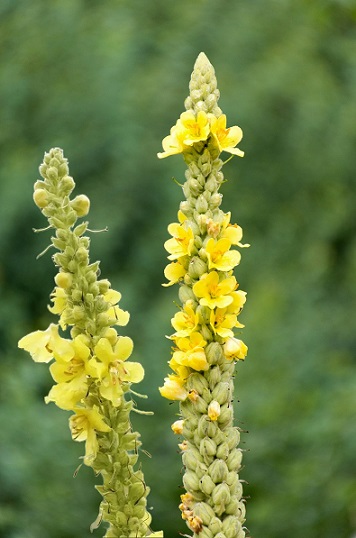

Nutritional Value of Mullein
The leaves, flowers, and roots of woolly mullein are edible, though seeds should be avoided. Mullein seeds are possibly unsafe. They might be toxic. The plant is rich in essential nutrients, including:
- Minerals: Calcium, Iron, Magnesium, Phosphorus, Potassium, Selenium, Zinc
- Vitamins: A, B1, B2, B3, C, and D
While the leaves and flowers can be consumed in salads, mullein is most commonly enjoyed as a flavorful tea which can be a nice alternative to coffee or tea.
Medicinal Benefits of Mullein
Mullein has been revered for its medicinal properties for centuries, with traditional medicine across various cultures utilizing different parts of the plant to treat a wide range of ailments. Its benefits include anti-inflammatory, antitussive, expectorant, antiviral, antiseptic, and antioxidant properties.
Lung support
Mullein has been valued for centuries for its powerful medicinal properties, particularly in treating respiratory conditions such as asthma, Bronchitis, Chronic obstructive pulmonary disease (COPD), Chronic coughs and colds, tonsillitis, Pneumonia, Tuberculosis, influenza and more. It acts as an expectorant, helping to thin mucus and make it easier to cough up. This can prevent mucus buildup in the lungs, calm inflammation, help relax the airway muscles, ease breathing difficulties.

Ear, Skin, and Wound Care
Mullein oil, made from its flowers and leaves, is widely used as a remedy for Earaches, Eczema and other skin conditions. Preliminary research suggests that mullein flowers may be particularly effective in treating middle ear infections in children. When applied topically, mullein leaves can promote the healing of Wounds, Burns, Bruises, Skin infections and Phlebitis (vein inflammation). Mullein can also be applied to external haemorrhoids, helping to relieve symptoms such as pain, redness, and itching.
Gastrointestinal and Pain Relief and Diuretic
Thanks to its antispasmodic and anti-inflammatory properties, mullein can help alleviate Headaches, Diarrhea, Gastrointestinal cramps and Intestinal bleeding. Additionally, mullein has a diuretic effect, which promotes the elimination of excess fluids through urine, helping to combat fluid retention.
How to make Mullein Tea
Bring 1 cup (250 ml) of water to a boil.
Pour the boiling water over 1 tablespoon of dried mullein leaves or flowers.
Let the mixture steep for 10–15 minutes.
Strain the tea using a coffee filter or cheesecloth to remove the leaves and small hairs to prevent potential mouth and throat irritation.
Enjoy 1 to 3 cups per day, served either hot or cold.
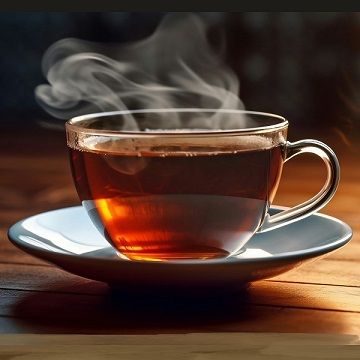
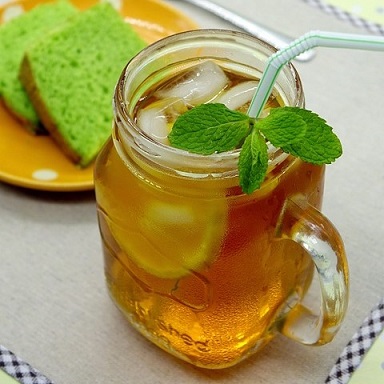
You can also add honey to taste, cinnamon, a lemon wedge or lemon juice, frozen fruit, such as strawberries or fresh ginger.
Side Effects of Mullein Tea
Mullein is generally considered safe for consumption. It has been used for centuries with no reported cases of toxicity. However, some potential side effects have been noted:
- Contact Dermatitis: Mullein can cause an itchy, allergic rash known as contact dermatitis. This reaction is likely due to the tiny hairs on the leaves, which can irritate the skin.
- Pregnancy and Breastfeeding: There is currently no research available on the safety of mullein tea during pregnancy or breastfeeding. To err on the side of caution, it is best to avoid its use during these periods.
- Liver and Kidney Disease: Individuals with severe liver or kidney disease should avoid drinking mullein leaf tea, as its effects on these conditions are not well studied.
Garden Uses of Mullein
Soil Rehabilitation
Mullein plays a crucial role in soil rehabilitation, acting as a natural soil conditioner. With its deep-reaching roots, this resilient plant breaks up compacted soil, improving aeration and allowing water to penetrate more effectively. In addition, mullein draws up essential minerals from deep within the earth, making them more accessible to surface-dwelling plants. This process not only enriches the soil but also creates a healthier growing environment for a variety of plant species, encouraging biodiversity and long-term soil stability.
Mullein Leaves as Nutrient-Dense Mulch
Mullein leaves serve as an exceptional natural mulch, offering multiple benefits for soil health. By covering the soil with mullein mulch, gardeners can retain moisture, suppress weed growth, and support a thriving ecosystem of beneficial soil organisms.
In Zambia, where sandy soils dominate, we’ve found that mullein mulch greatly enhances soil structure, making it more loamy and fertile. As the soft, nutrient-rich leaves break down, they release valuable organic matter, acting as a slow-release fertilizer that steadily boosts soil fertility.
Mullein is particularly well-suited for chop-and-drop mulching—simply snip off the outer leaves to avoid damaging the plant’s growing center and allow them to decompose naturally, enriching the soil. Thanks to our warm winters, this can be done several times throughout the plant’s growing period, as it continues producing new leaves year-round.
Conclusion

Mullein is a remarkable plant with a rich history of use in traditional medicine, culinary applications, and garden aesthetics. From its striking appearance to its diverse medicinal benefits, mullein offers something for everyone. Whether you’re seeking natural remedies, a soothing tea, or an easy-to-grow addition to your garden, mullein is a versatile choice. However, like any herb, it’s essential to use it responsibly and consult with a healthcare provider if you have underlying health concerns. With its vibrant flowers, nutritional value, and medicinal potential, mullein continues to captivate and serve both gardeners and herbal enthusiasts alike.

